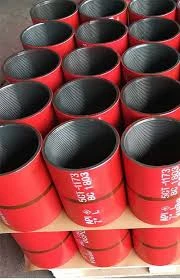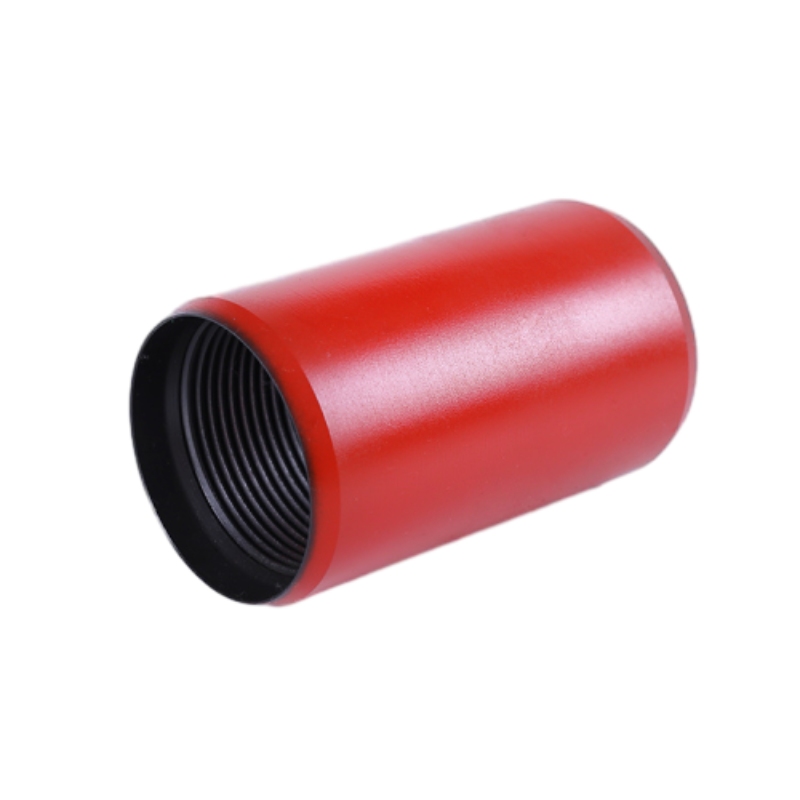- Afrikaans
- Albanian
- Amharic
- Arabic
- Armenian
- Azerbaijani
- Basque
- Belarusian
- Bengali
- Bosnian
- Bulgarian
- Catalan
- Cebuano
- Corsican
- Croatian
- Czech
- Danish
- Dutch
- English
- Esperanto
- Estonian
- Finnish
- French
- Frisian
- Galician
- Georgian
- German
- Greek
- Gujarati
- Haitian Creole
- hausa
- hawaiian
- Hebrew
- Hindi
- Miao
- Hungarian
- Icelandic
- igbo
- Indonesian
- irish
- Italian
- Japanese
- Javanese
- Kannada
- kazakh
- Khmer
- Rwandese
- Korean
- Kurdish
- Kyrgyz
- Lao
- Latin
- Latvian
- Lithuanian
- Luxembourgish
- Macedonian
- Malgashi
- Malay
- Malayalam
- Maltese
- Maori
- Marathi
- Mongolian
- Myanmar
- Nepali
- Norwegian
- Norwegian
- Occitan
- Pashto
- Persian
- Polish
- Portuguese
- Punjabi
- Romanian
- Russian
- Samoan
- Scottish Gaelic
- Serbian
- Sesotho
- Shona
- Sindhi
- Sinhala
- Slovak
- Slovenian
- Somali
- Spanish
- Sundanese
- Swahili
- Swedish
- Tagalog
- Tajik
- Tamil
- Tatar
- Telugu
- Thai
- Turkish
- Turkmen
- Ukrainian
- Urdu
- Uighur
- Uzbek
- Vietnamese
- Welsh
- Bantu
- Yiddish
- Yoruba
- Zulu
what are the differences between casing and tubing?
Differences Between Casing and Tubing in Oil and Gas Operations
In the oil and gas industry, the extraction of petroleum and natural gas from subsurface reservoirs involves sophisticated engineering processes and equipment. Among the critical components of these extraction operations are casing and tubing. While both are integral to well construction and function, they serve distinctly different purposes and are subject to different specifications. Understanding the differences between casing and tubing is essential for anyone involved in the oil and gas sector.
Definition and Purpose
Casing is the structural framework of a well. It refers to the large diameter pipes that are installed in the wellbore to support the walls and prevent collapse. Casing serves multiple purposes it isolates the various layers of rock and fluids within the reservoir, provides structural integrity, protects fresh water aquifers from contamination, and allows for safe drilling into potentially unstable environments. Casing is typically cemented in place to ensure that it withstands the pressures of both the earth surrounding it and the fluids being extracted.
Conversely, tubing is a smaller diameter pipe installed inside the casing after the wellbore has been completed. The primary function of tubing is to facilitate the flow of hydrocarbons from the reservoir to the surface. It acts as the conduit through which oil or gas is produced. Unlike casing, tubing is designed to be easily removable, allowing for maintenance, inspection, or replacement without disrupting the entire well structure.
Materials and Design
Casing is usually made from durable materials capable of withstanding high pressures and corrosive environments. Common materials include carbon steel, which is often coated or treated to enhance resistance to corrosion. The diameter of casing pipes varies, typically from 7 inches to 20 inches, depending on the well depth and design requirements. Casing strings are classified into different types, such as surface casing, intermediate casing, and production casing, each serving specific roles within the overall well structure.
On the other hand, tubing is usually lighter and has a smaller diameter, generally ranging from 2.3 inches to 7 inches. It is often manufactured from high-strength steel or polymers that are lightweight yet strong enough to handle the internal pressures of the fluids flowing through them. Tubing can also be designed with various coatings to prevent corrosion and improve performance.
what are the differences between casing and tubing?

Installation and Maintenance
The installation process for casing and tubing involves different methodologies. Casing is installed during the drilling phase. Once the well reaches a desired depth, the casing is placed into the wellbore and cemented in place to form an impermeable barrier. This process is critical for maintaining the integrity of the wellbore and preventing the invasion of fluids from surrounding formations.
After casing installation, tubing is run into the well. This can occur during the completion phase of the well. The tubing string is typically inserted through the production casing, and its bottom end is equipped with perforated sections that allow fluids to enter from the reservoir. An essential feature of tubing is that it can be pulled out for maintenance without the need to remove the casing, allowing for more efficient operational practices.
Pressure and Flow Considerations
Another critical difference lies in the pressure and flow dynamics associated with casing and tubing. Casing is designed to withstand external pressures from the surrounding geological formations. Its primary role is to prevent collapse and to act as a barrier against fluids and gases that may potentially migrate along the wellbore.
In contrast, tubing is subjected to internal pressure from the fluids that flow through it. The design of tubing must accommodate the flow rates and temperatures of the hydrocarbons being produced. It must also have the appropriate strength to handle potential surges in pressure without failure.
Conclusion
In summary, the differences between casing and tubing are fundamental to understanding oil and gas extraction operations. Casing provides structural integrity and protection for the wellbore, while tubing enables the efficient flow of hydrocarbons to the surface. Both elements are critical for the safe and effective operation of wells, and their roles complement each other in the overall lifecycle of oil and gas extraction. An appreciation of these differences enhances operational efficiency and safety, ultimately leading to more successful hydrocarbon recovery projects.
-
Well Casing Extension Couplings – Applications and InstallationNewsJun.06,2025
-
Types of Crossover Subs in Drilling & CompletionNewsJun.06,2025
-
Key Features of High-Quality Tubing Pup JointsNewsJun.06,2025
-
Installation and Maintenance Tips for Steel Couplings for PipeNewsJun.06,2025
-
How to Select the Right Pup Joint for Oil & Gas OperationsNewsJun.06,2025
-
Applications of Stainless Steel Pipe CouplingsNewsJun.06,2025







